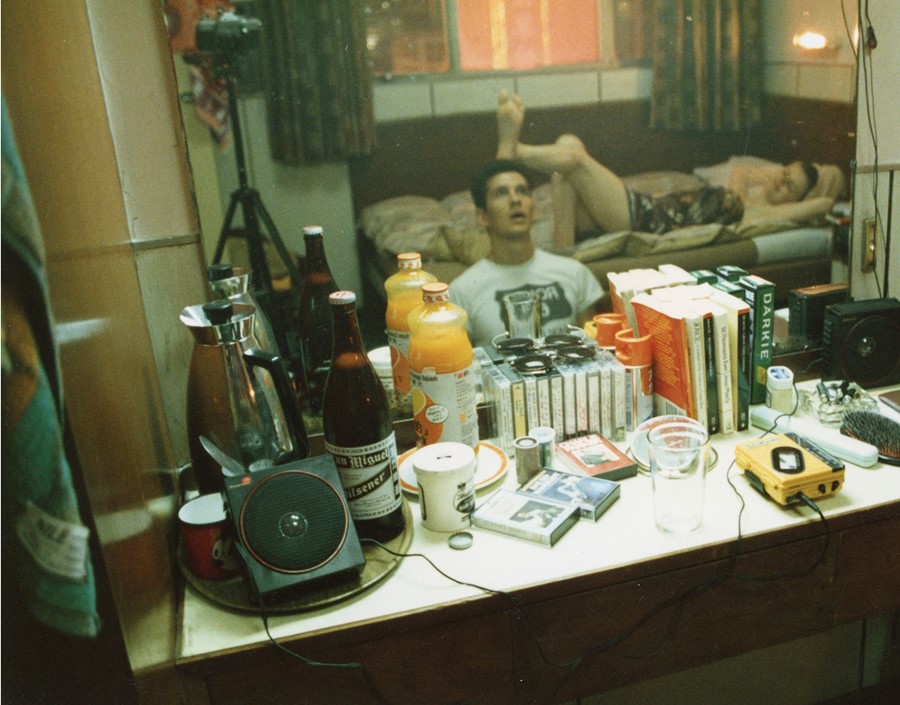AnOther's photographic editor Holly Hay selects three of this season's most exceptional photography titles: True, Noon and Sixteen
Working at the helm of AnOther Magazine, Another Man and anothermag.com to boot, AnOther's photographic editor Holly Hay is well-placed to spot emerging developments in image-making and publishing – and with this season’s surge of new photographic magazines, independent journals and online platforms, she feels the emphasis is turning to uncommissioned work. “I feel like personal projects have become so much a part of someone’s process,” she explains – and many of these find their way out into the world through print. "Magazines create a very specific means of viewing photography, and I think now is the time to see and to celebrate those sides of people’s practice.”
Furthermore, when it comes to commissioning photographers to shoot projects, knowing their interests is an invaluable asset to editors, making the process more of a collaborative one from start to finish. “You believe it more,” she says of projects assigned with a photographer's personal interests in mind. “Everyone is invested in that picture, from the people who are in it, to the person taking it. That’s a nicer thing to look at than this view of the fashion world as a really exclusive place that you don’t feel part of.”
Here, she selects three photography publications turning the emphasis away from a cut-and-dry commission to something altogether more collaborative – from True and Noon magazine to Sixteen journal.
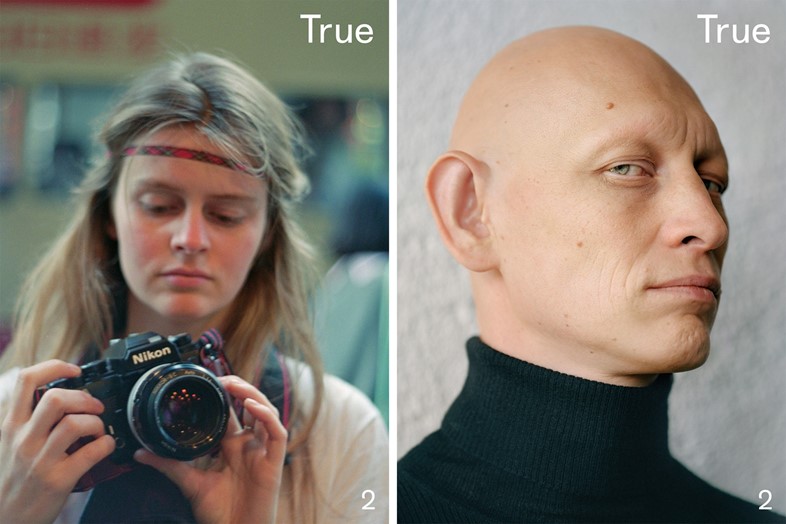
True
True, the brainchild of photographer Brendan Freeman, is very much a photo-journal dedicated to personal work; in fact, publishing as-yet unseen projects is its raison d’être. Its newest issue, which came out just a few weeks ago, features the very first roll of film taken by the inimitable Corinne Day with her boyfriend Mark Szazy in Tokyo in the late 1980s; an impromptu and completely captivating series by Arnaud Lajeunie of french actress Juliette Binoche (complete with the emailing commanding that it happen); and Ben Weller’s brilliantly sincere shots taken on “various trips through Montana, in 2015.”
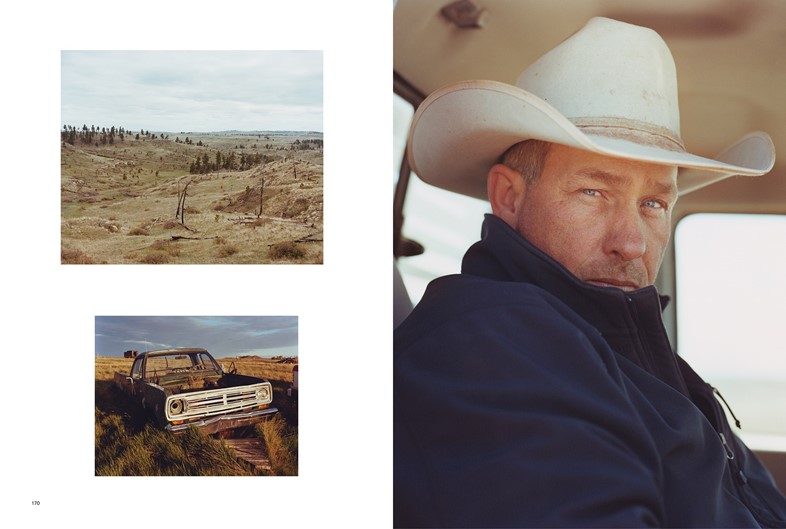
“I love that thing about Brendan, that he’s a photographer that loves photographers – that’s actually really rare to find,” says Hay of her choice. “True is the idea that you always wish you’d had. It’s so simple, and it’s like, ‘how has no-one thought to do that before?’ Of course these incredible photographers want an excuse to celebrate the personal stories that are really special to them. Brendan is creating journals that are timeless, and that’s really special.”
The format is, of course, as considered as the content within it: just a bit larger than A4 (inconvenient enough a size that it must be carried proudly in one’s arms from magazine shop to coffee shop like a small child), and printed on super glossy paper. Its art direction is by Assembly, so this attention to detail follows. “Assembly are amazing art directors – they’re all about celebrating images,” Hay continues. “For them, it’s about a real love of the work – they want to support these photographers.”
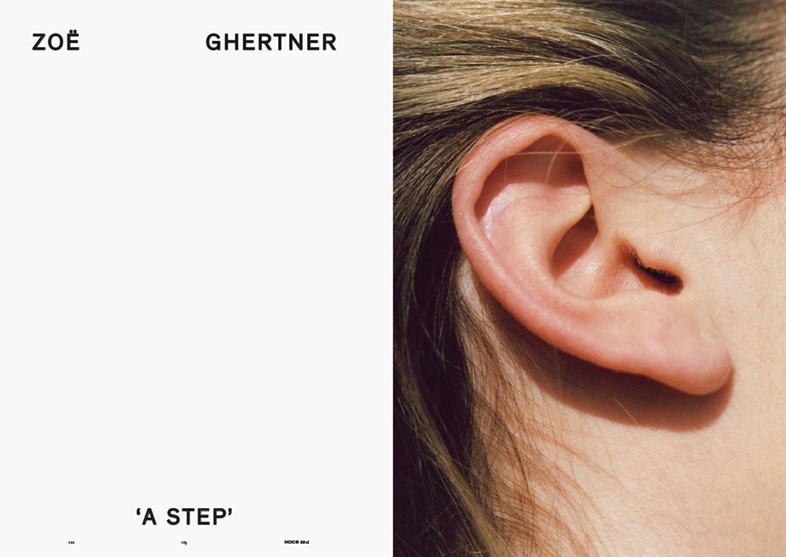
Noon
Similarly, Noon magazine, of which the fifth issue came out earlier this season, is founded upon conversations between its founder Jasmine Raznahan and the photographers she has come to know over the duration of her career thus far. “She’s got amazing taste, and she builds really nice relationships with the most incredible people,” says Hay. “She’ll work with photographers for extended periods of time – she really talks to people about what they want to do, what they want to express. For example, you’ll see someone like Max Farago’s work in Noon, and it’s nothing that you would ever see in any other magazine.”
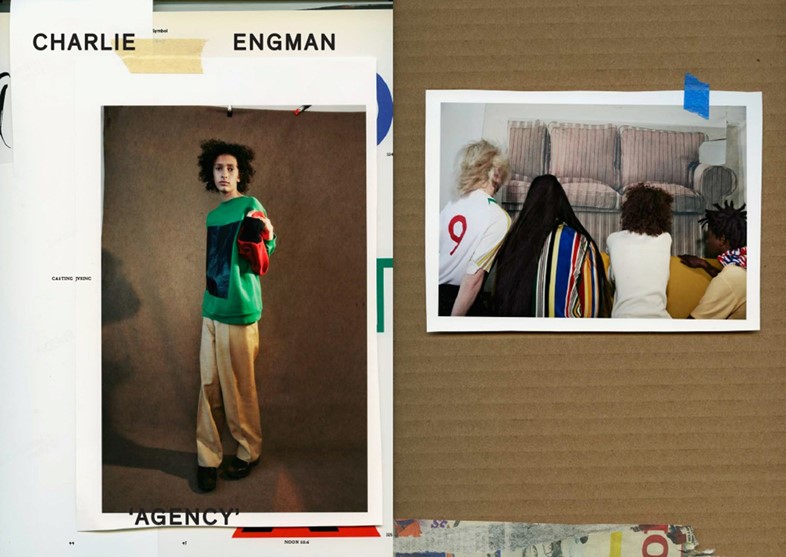
A beautiful object, it takes extreme self-discipline for a magazine aficionado to resist the compulsion to pick up Noon, which in turn means that its content, which combines art and fashion in the most subversive way imaginable (this issue features Charlie Engman, Eddie Peake, Mark Leckey and Robi Rodriguez, among others), reaches an impressive number of people. Part of Noon’s draw is that the decisions made creating it are so unexpected. “It’s very clever,” Hay continues. “Even if the magazine has a fashion story, it’s won't necessarily have a fashion cover. For example, one of the covers this issue is shot by Zoe Ghertner, but it’s a collaboration with Stephen Ledger-Lomas, who has set up an initiative called Prize through which he collaborates with photographers to create limited-edition prints of their work. So, the cover that Noon has done is a ‘Prize with Zoe Ghertner’ cover. Isn’t that so nice?”
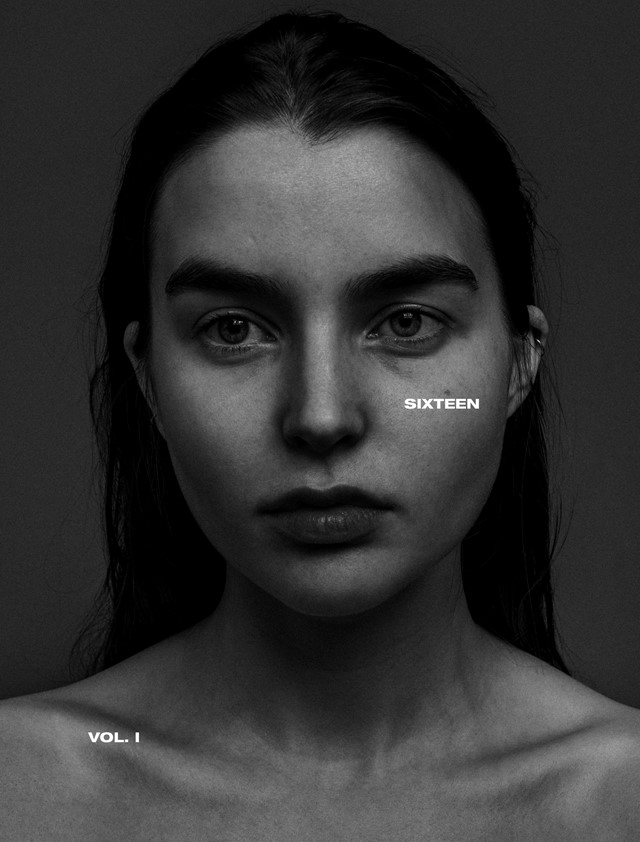
Sixteen Journal
Sixteen Journal is similarly hefty in size to both Noon and True, but printed entirely in black and white on a delicate and deliciously tactile paper stock. Created in order to “investigate notions of the human condition, a philosophical odyssey of emotionality, human form and time”, as its website explains, this bi-annual title has a rare and admirable dedication to representing established and emerging artists both online and in print.

“It seems to me like Sixteen has a really specific vision about the type of work that they’re celebrating, and I think it’s really interesting to do one thing well,” Hay explains. “It’s so satisfying.” Likewise, the artists represented within it are chosen with a deliberation that only adds to its creative vision. “Chadwick Tyler’s got the cover – he’s a very good friend of mine – and he’s one of the originals, you know?,” says Hay. “He’s so successful, and his photographs are a really beautiful document of someone’s relationship with somebody else.”
Elsewhere in this issue you’ll find Laurence Ellis, Benjamin Bouchet, and Jack Davison too. “Jack’s only been working in fashion for about two years or so, and he was bringing something so different to the table – these Irving Penn-style portraits,” Hay says. “I’m obsessed with his work, and how he sees the world. It seems quite old-fashioned, but he’s turned it around so that it’s become the most modern way of taking pictures. It feels so sensitively done.”
